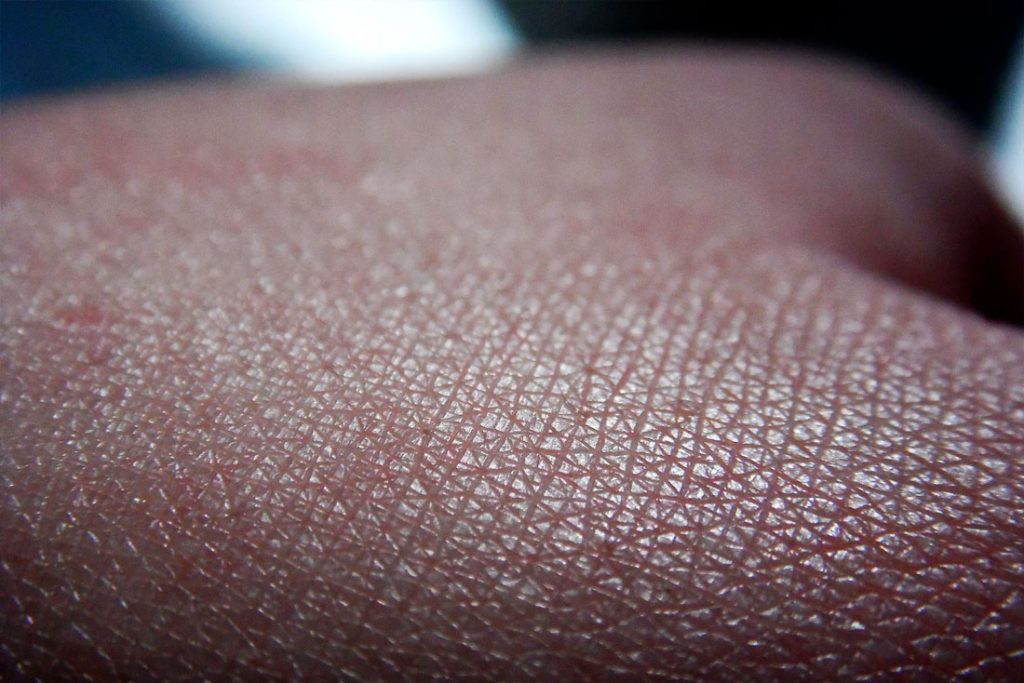The Essential Functions of Human Skin: An In-Depth Exploration
This expert medical article delves into the complexity of human skin, the body’s largest organ. It explores the skin’s two primary layers – the epidermis and the dermis – along with their unique properties and functions. The skin’s role as a mechanical and permeability barrier, a sensory organ, a thermoregulatory tool, and an initiator of immune responses are explained in detail. This comprehensive piece underscores the essential nature of the skin, not only for protective purposes but also for maintaining overall health and well-being.

Human Skin
As the body’s largest and most versatile organ, the skin plays an integral role in the overall well-being of an individual. This organ, comprised of the epidermis and the dermis, boasts a myriad of functionalities, including serving as a barrier, sensory receptor, thermoregulator, and immune system initiator. This comprehensive article provides an in-depth exploration into the anatomy, functions, and importance of human skin.
The Anatomy of Skin
The skin can be segmented into two primary layers: the epidermis and the dermis.
The Epidermis: The Outermost Shield
The epidermis is the outermost layer of skin, composed of a cellular stratified squamous epithelium. Its thickness varies across different parts of the body, being thickest on the palms and soles, where it has to withstand significant wear and tear. Notably, this layer is avascular, meaning it lacks blood vessels. The cells in the epidermis gain nutrients through diffusion from the underlying dermis.
The Dermis: The Supportive Bedrock
Beneath the epidermis lies the dermis, a bed of dense, vascular connective tissue that gives the skin its flexibility and strength. The dermis houses a variety of structures such as sweat glands, sebaceous glands, hair follicles, and a vast network of blood vessels that help in thermoregulation and provide nourishment to the epidermis.
The Functions of Skin
Mechanical and Permeability Barrier
One of the primary functions of the skin is to act as a mechanical barrier, protecting the internal body structures from external physical forces, radiation, and pathogens. The skin’s role as a permeability barrier is equally important, preventing excessive water loss from the body and protecting it from absorption of harmful substances.
Sensory Organ
The skin is embedded with numerous nerve endings and receptors that enable our sense of touch. These nerve structures allow us to sense pressure, temperature, pain, and other tactile stimuli, enabling our interactions with the environment.
Thermoregulation
The skin plays a crucial role in maintaining the body’s temperature. Through the process of sweating and the regulation of blood flow in the dermis, the skin can help cool the body in hot conditions and conserve heat in cold environments.
Immune Responses
Lastly, the skin also functions as an active immune organ. Specialized cells in the skin can recognize and react to foreign substances, initiating primary immune responses. It plays a crucial role in preventing infections and healing wounds.
Conclusion
In essence, our skin is a multi-functional organ, vital to our survival and well-being. By understanding its complex structure and various roles, we can better appreciate its importance in health and disease. With advancing research, our understanding of skin’s functions continues to deepen, providing potential avenues for developing new dermatological treatments and skincare regimens.











